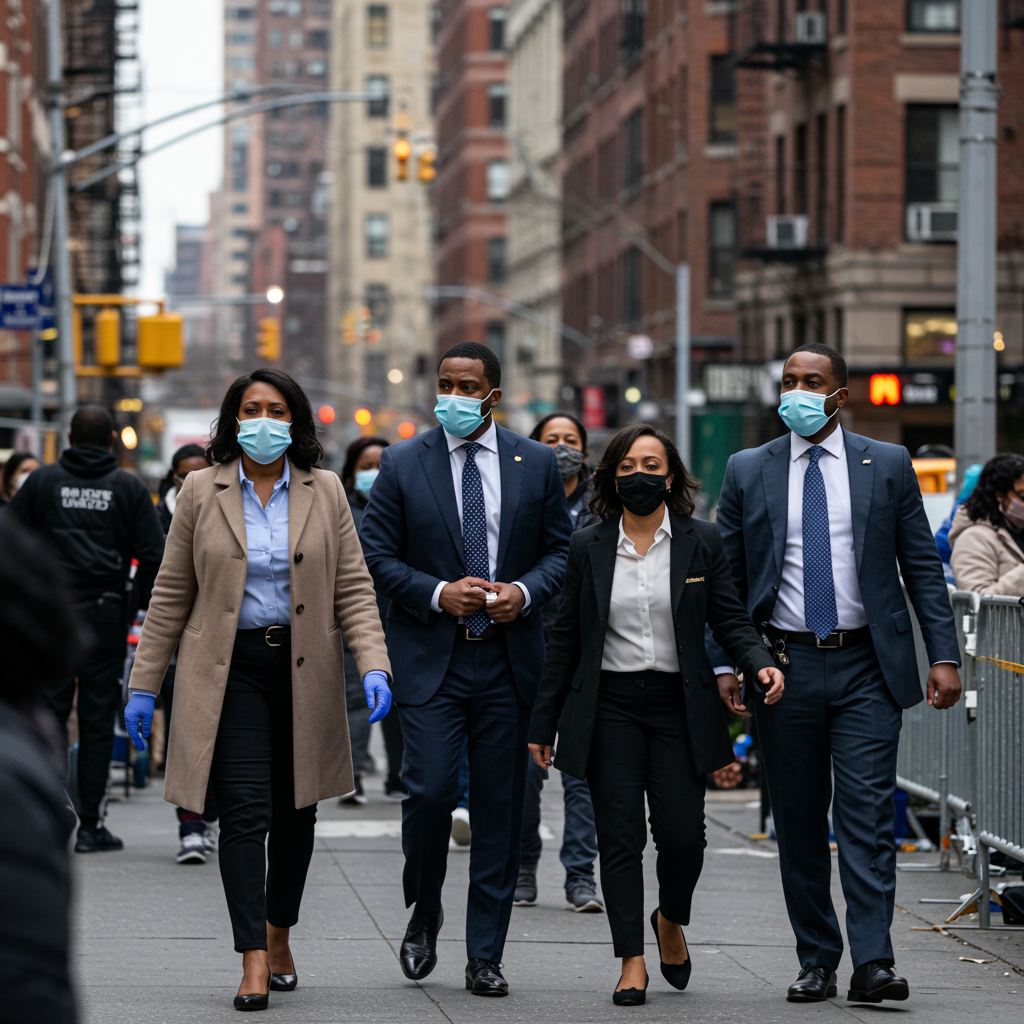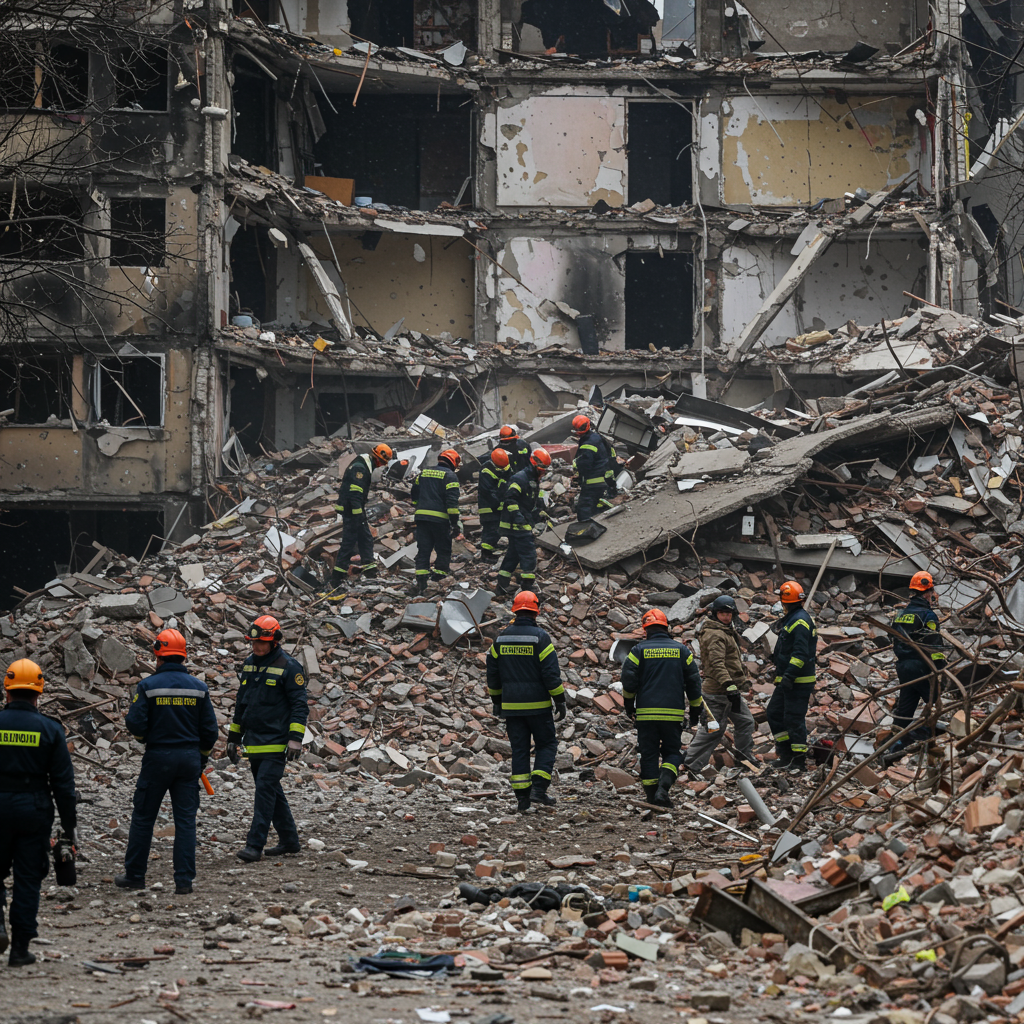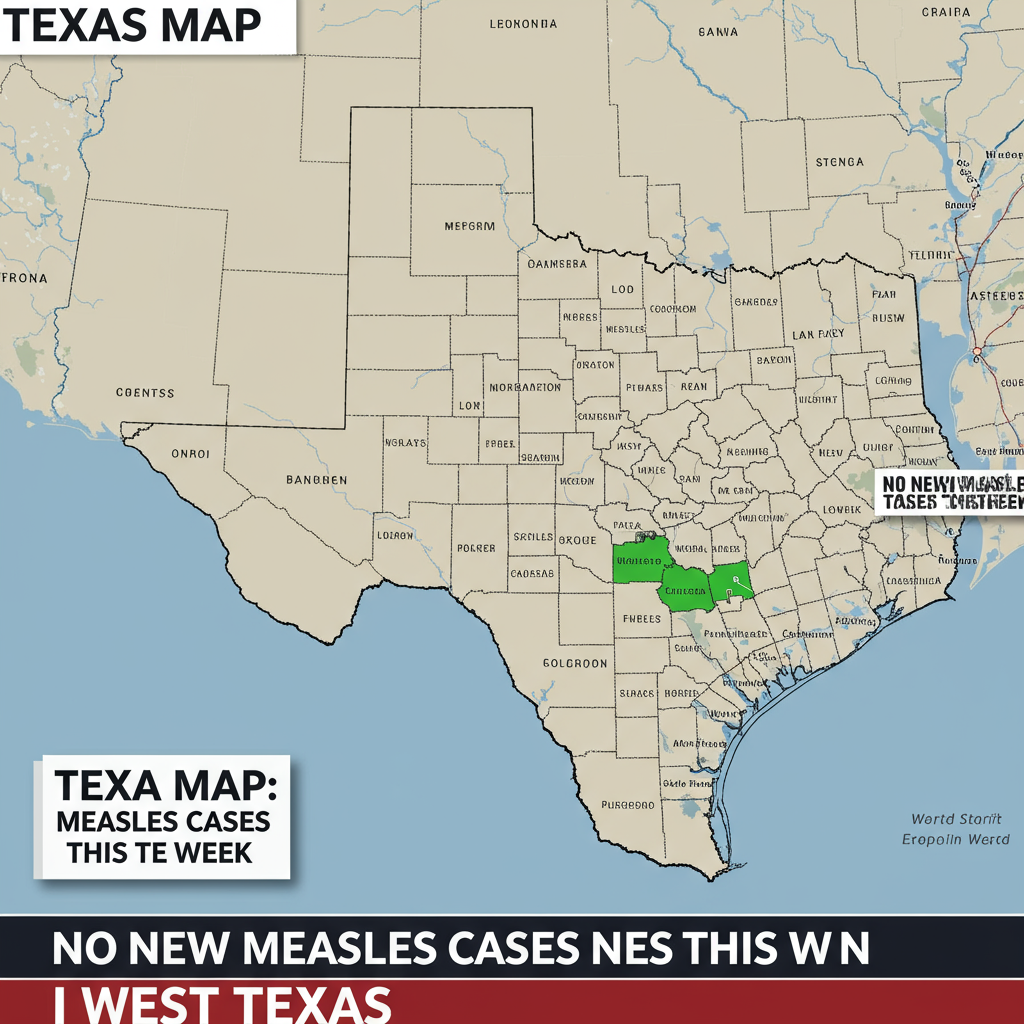New York City is facing a serious public health concern as an outbreak of Legionnaires’ disease in Central Harlem continues to impact residents. Health officials have confirmed seven fatalities and 114 diagnoses linked to this cluster, prompting widespread concern. Six individuals are currently hospitalized as authorities work diligently to manage the situation and protect community health. This comprehensive guide details the outbreak, explains Legionnaires’ disease, and provides essential information for residents.
Understanding Legionnaires’ Disease: A Public Health Overview
Legionnaires’ disease is a severe form of pneumonia caused by Legionella bacteria. While not spread person-to-person, this bacterial infection can be life-threatening, particularly for vulnerable populations. Understanding its nature and transmission methods is crucial for public safety and effective prevention strategies in urban environments like New York City.
What is Legionnaires’ Disease?
Legionnaires’ disease manifests as a serious lung infection, primarily affecting the respiratory system. It’s a specific type of pneumonia, an inflammation of the lungs. The culprit is Legionella pneumophila, a bacterium commonly found in freshwater environments. However, it becomes a public health threat when it proliferates in artificial water systems. Early symptoms often mimic the flu, making timely diagnosis essential for effective treatment.
How Legionella Spreads
Legionella bacteria thrive in warm water, typically between 68°F and 122°F (20°C and 50°C). They can spread through building water systems when contaminated water droplets become airborne. People contract the disease by inhaling these microscopic droplets. Common sources include:
Cooling towers for air conditioning systems
Hot tubs and spas
Decorative fountains
Misters and humidifiers
Hot water tanks and heaters
Large plumbing systems
The NYC Legionnaires’ outbreak has been specifically tied to cooling towers, which utilize water and fans to cool large buildings. When these systems are not properly maintained, they can become breeding grounds for Legionella and disperse the contaminated aerosolized water into the surrounding air.
The Central Harlem Outbreak: A Detailed Look
The current NYC Legionnaires’ outbreak underscores the importance of stringent public health monitoring and rapid response. With a significant number of cases and multiple fatalities, the focus remains on containing the spread and providing care.
Rising Toll and Hospitalizations
As of the latest reports, the death toll from the Central Harlem Legionnaires’ disease New York City outbreak has tragically climbed to seven. Officials confirmed one of these recent deaths occurred before mid-August but was only recently linked to the cluster. In total, 114 people have received diagnoses for the disease. Currently, six individuals are receiving hospital care, highlighting the serious nature of this bacterial infection. This ongoing situation demands continuous vigilance from both health authorities and the community.
Identifying the Source: Cooling Towers
New York City health officials quickly moved to investigate the source of the NYC Legionnaires’ outbreak. Their investigation pinpointed the presence of Legionella bacteria in 12 cooling towers across 10 different buildings within the affected area. Notably, these buildings included a city-run hospital and a sexual health clinic, demonstrating the diverse types of structures that can harbor the bacteria. Identifying these sources was a critical step in initiating targeted remediation efforts to safeguard public health.
Public Health Response and Prevention
The rapid response from New York City health authorities has been instrumental in addressing the Legionnaires’ disease New York City crisis. Their actions aim to halt the spread of the bacteria and inform residents on crucial preventative measures. Understanding these efforts and personal steps is vital for community well-being.
Remediation Efforts and Ongoing Monitoring
Following the identification of contaminated cooling towers, comprehensive remediation efforts were promptly initiated. Health officials confirmed that all affected cooling towers have since completed the necessary cleaning and disinfection procedures. This process involves eliminating the Legionella bacteria and implementing measures to prevent future growth. Despite completed remediation, ongoing monitoring of water systems remains crucial to ensure long-term public safety and prevent future outbreaks. Public health agencies continue to track new cases closely.
Protecting Yourself and Your Community
While the immediate sources of the NYC Legionnaires’ outbreak have been addressed, awareness and preventative measures are always beneficial. Individuals living or working in Central Harlem, especially those with weakened immune systems, chronic lung disease, or who are elderly, should be particularly cautious. Here are key preventative steps:
Maintain Awareness: Stay informed about public health advisories from the NYC Department of Health.
Report Concerns: If you observe poor maintenance in water features (e.g., cooling towers, decorative fountains) in your area, consider reporting them to building management or local health authorities.
Practice Good Hygiene: While not spread person-to-person, general hygiene helps overall health.
Understand Risk Factors: Be aware if you or a loved one are in a higher-risk category for severe illness.
What to Do if You Experience Symptoms
Recognizing the symptoms of Legionnaires’ disease and seeking timely medical attention are paramount. The incubation period typically ranges from two days to two weeks after exposure to the bacteria. Prompt action can significantly improve health outcomes.
The U.S. Centers for Disease Control and Prevention (CDC) outlines common symptoms:
Cough: Often persistent, it can be dry or produce mucus.
Fever: High body temperature is a common indicator.
Headaches: May range from mild to severe.
Muscle Aches: Body aches and fatigue are frequently reported.
Shortness of Breath: Difficulty breathing can be a serious symptom.
City health officials urge anyone residing or working in the affected Central Harlem area who develops these flu-like symptoms to contact a healthcare provider immediately. Early diagnosis allows for targeted antibiotic treatment, which is crucial for recovery. Do not delay seeking medical advice if you suspect exposure or develop symptoms.
Frequently Asked Questions
What is Legionnaires’ disease and how does it spread in an urban setting like NYC?
Legionnaires’ disease is a severe form of pneumonia caused by Legionella bacteria. In an urban environment like New York City, it primarily spreads when people inhale airborne water droplets contaminated with Legionella. These bacteria thrive in warm, stagnant water within large artificial water systems. Cooling towers, part of many urban building air conditioning systems, are a common source if not properly maintained. The current Central Harlem outbreak has specifically been linked to contaminated cooling towers.
What steps have NYC health officials taken to control the Central Harlem Legionnaires’ outbreak?
New York City health officials have taken decisive action to control the outbreak. They identified Legionella* bacteria in 12 cooling towers across 10 buildings, including a city hospital and clinic, as the source. All identified cooling towers have undergone and completed thorough remediation efforts to eliminate the bacteria. Additionally, officials have issued public health advisories, urging residents in the affected area to seek medical attention if they develop flu-like symptoms, and continue to monitor the situation closely.
When should residents in affected areas contact a healthcare provider for potential Legionnaires’ symptoms?
Residents living or working in the affected Central Harlem area should contact a healthcare provider immediately if they experience flu-like symptoms such as a cough, fever, headaches, muscle aches, or shortness of breath. Symptoms typically appear between two days and two weeks after exposure. Early medical consultation is critical because prompt diagnosis and treatment with antibiotics significantly improve recovery chances, especially for individuals at higher risk, such as the elderly, smokers, or those with underlying health conditions.
In conclusion, the NYC Legionnaires’ outbreak in Central Harlem serves as a stark reminder of ongoing public health challenges in densely populated areas. While health officials have completed crucial remediation efforts on identified cooling towers, community vigilance remains paramount. Understanding the disease, its symptoms, and knowing when to seek medical help are essential steps for every resident. Stay informed, stay safe, and do not hesitate to reach out to healthcare professionals if you experience any concerning symptoms. Your health and safety are a top priority.




